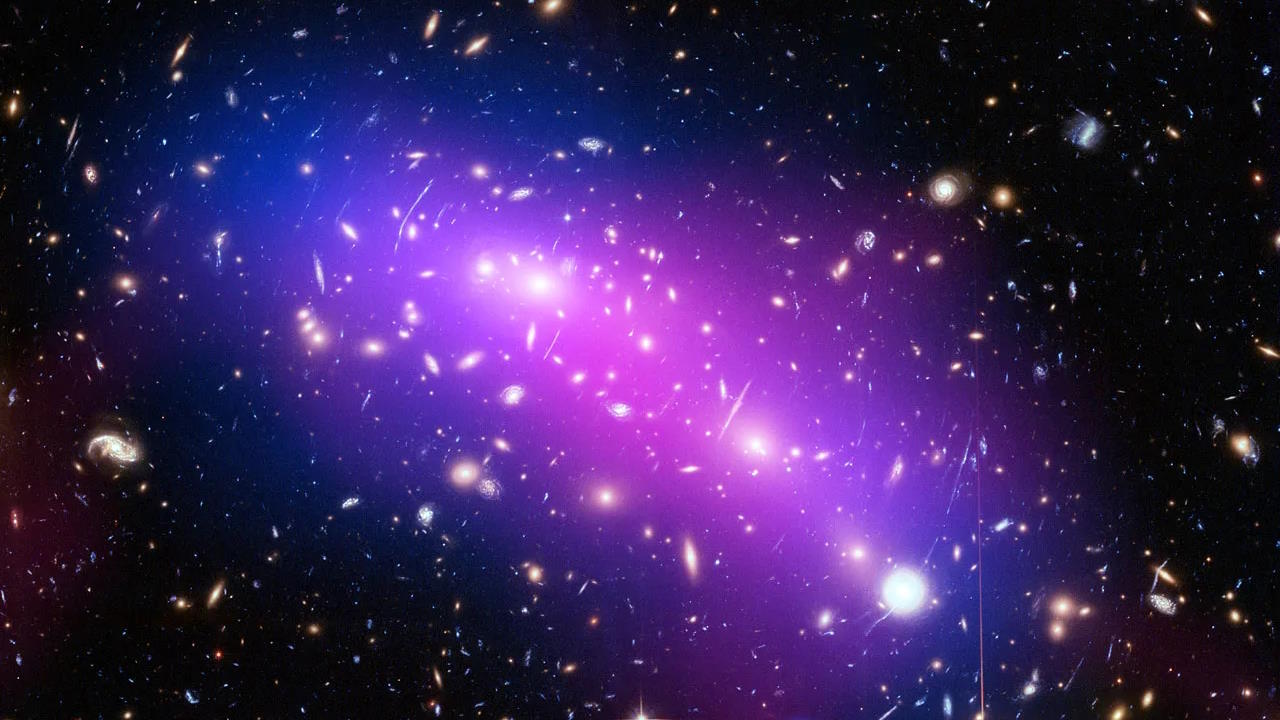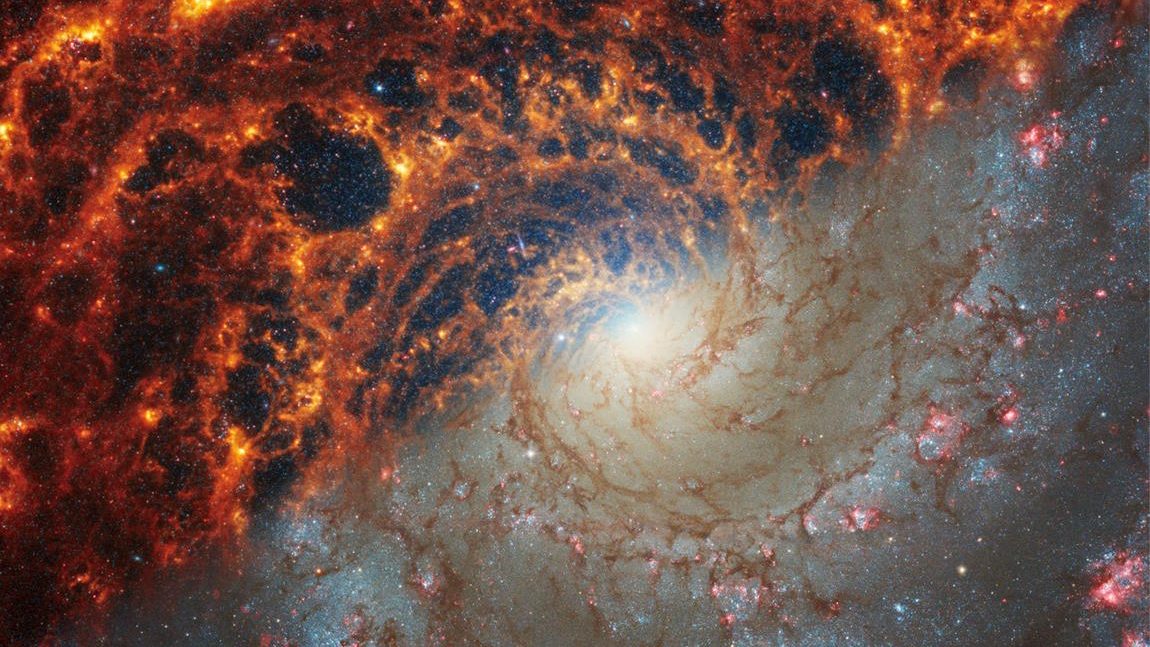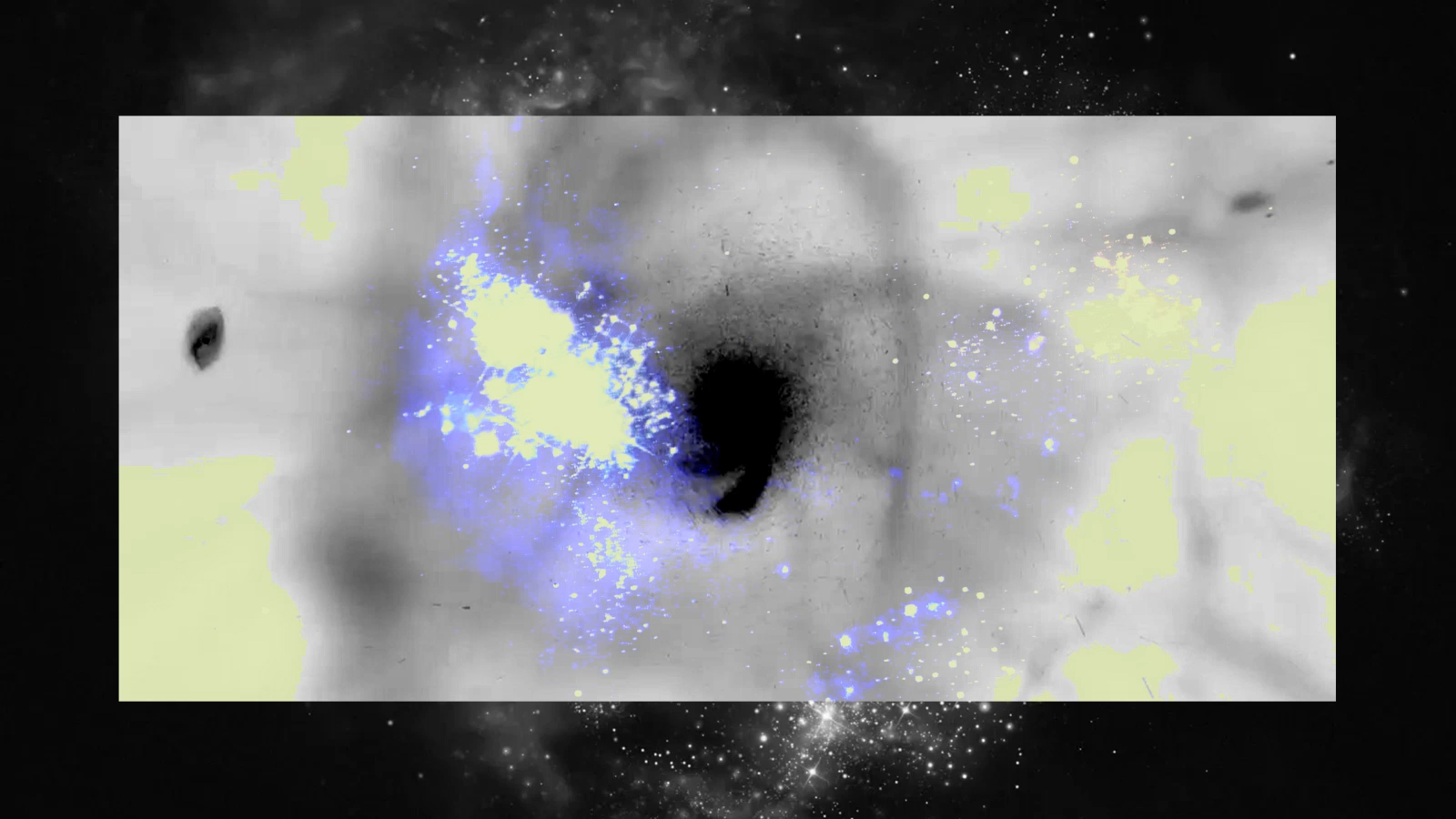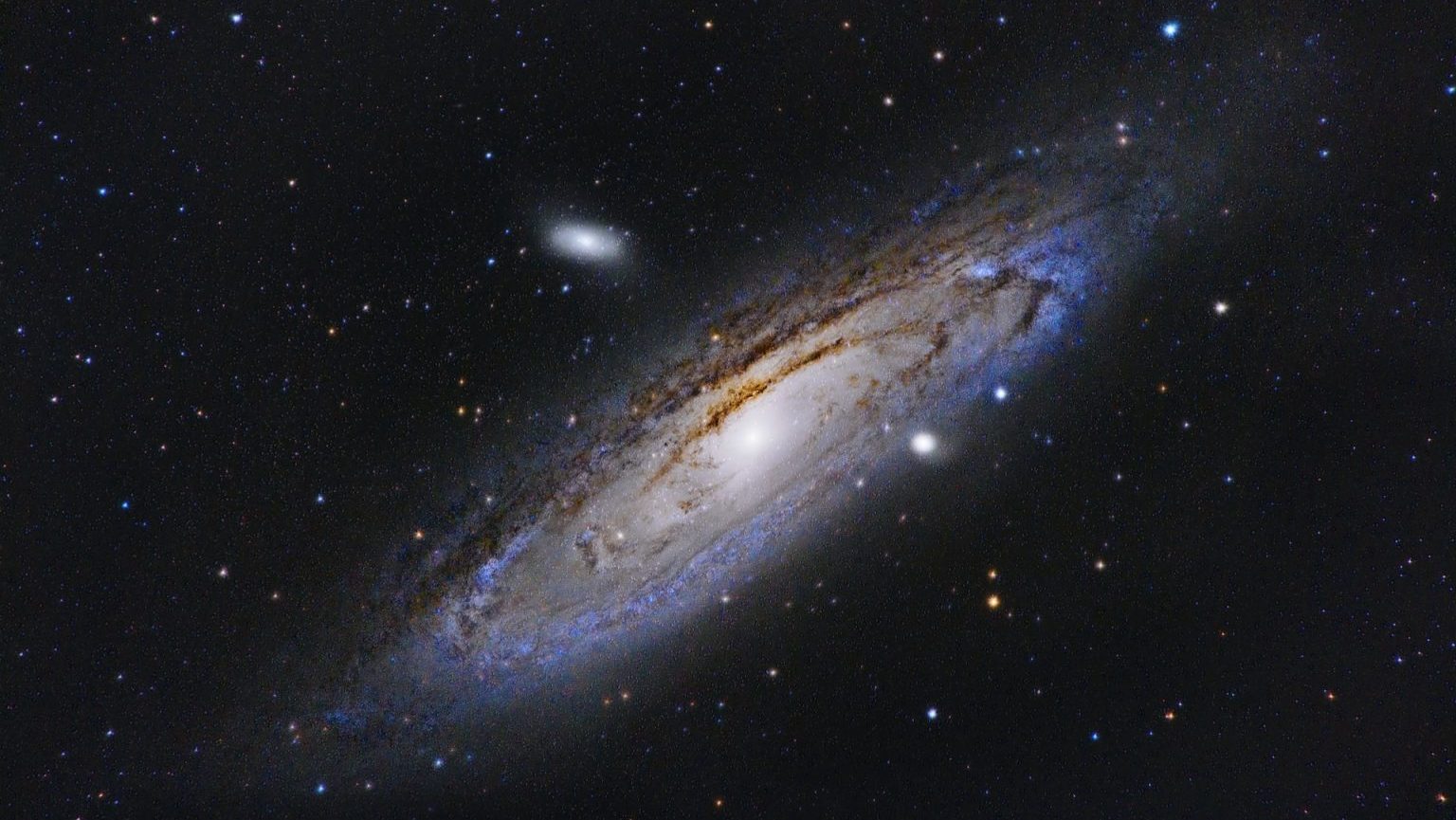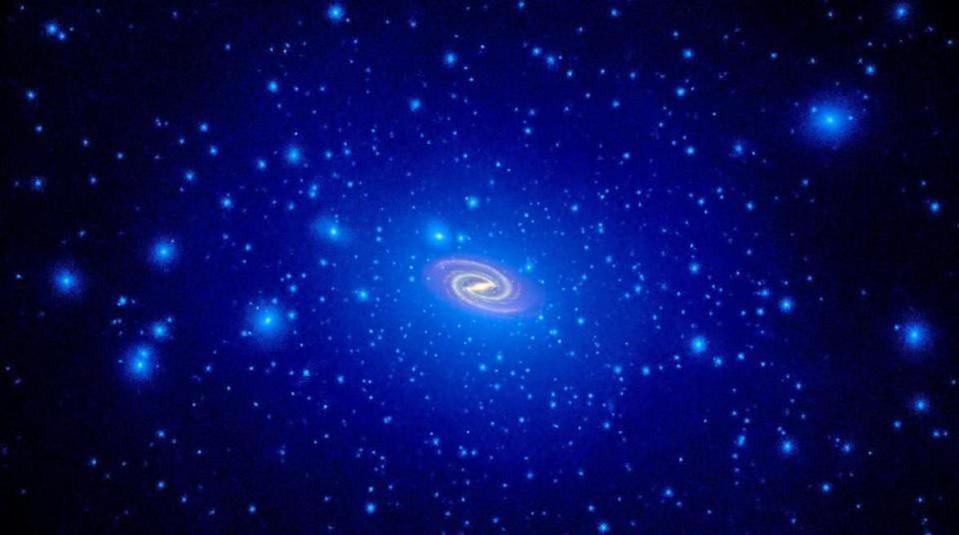Astronomers Investigate “Stillborn” Galaxies 300 Million Light-years Away

It never ceases to amaze me the wonders astronomers are able to observe and calculate. For instance, this story at Space.com reports on a team of astronomers in New Mexico that has determined that a group of 48 galaxies located within the Coma Cluster are so saturated with dark matter that they may be what one expert describes as “stillborn” galaxies. Shannon Hall, who authored the piece at Space, explains:
“The galaxies in question are part of the Coma Cluster, which lies 300 million light-years from Earth and packs several thousand galaxies into a space just 20 million light-years across. To study them, Pieter van Dokkum of Yale University and his colleagues used the Dragonfly Telephoto Array in New Mexico.”
Van Dokkum’s team noticed “faint little smudges” in their view of the cluster. Upon further examination via the Hubble Space Telescope, van Dokkum realized that he was looking at a set of atypical galaxies similar in size to the Milky Way yet relatively void of stars:
“With very few stars to account for the mass in these galaxies, they must contain huge amounts of dark matter, the researchers said. In fact, to stay intact, the 48 galaxies must contain 98 percent dark matter and just 2 percent ‘normal’ matter that we can see. The fraction of dark matter in the universe as a whole is thought to be around 83 percent.”
Van Dokkum describes how these “failed” galaxies reveal new details about the kinds of galaxies formed within the universe. The next step will be to further examine the activity of the stars within the group, though this may necessitate more advanced equipment than what is currently available.
The details about how the astronomers were able to verify these galaxies’ positions and cosmological makeup are fascinatingly covered by Hall in her piece, which I’ve linked below. You can find the link to van Dokkum’s paper below as well.
Read more at Space and read the original paper here.
Photo credit: Valerio Pardi / Shutterstock
